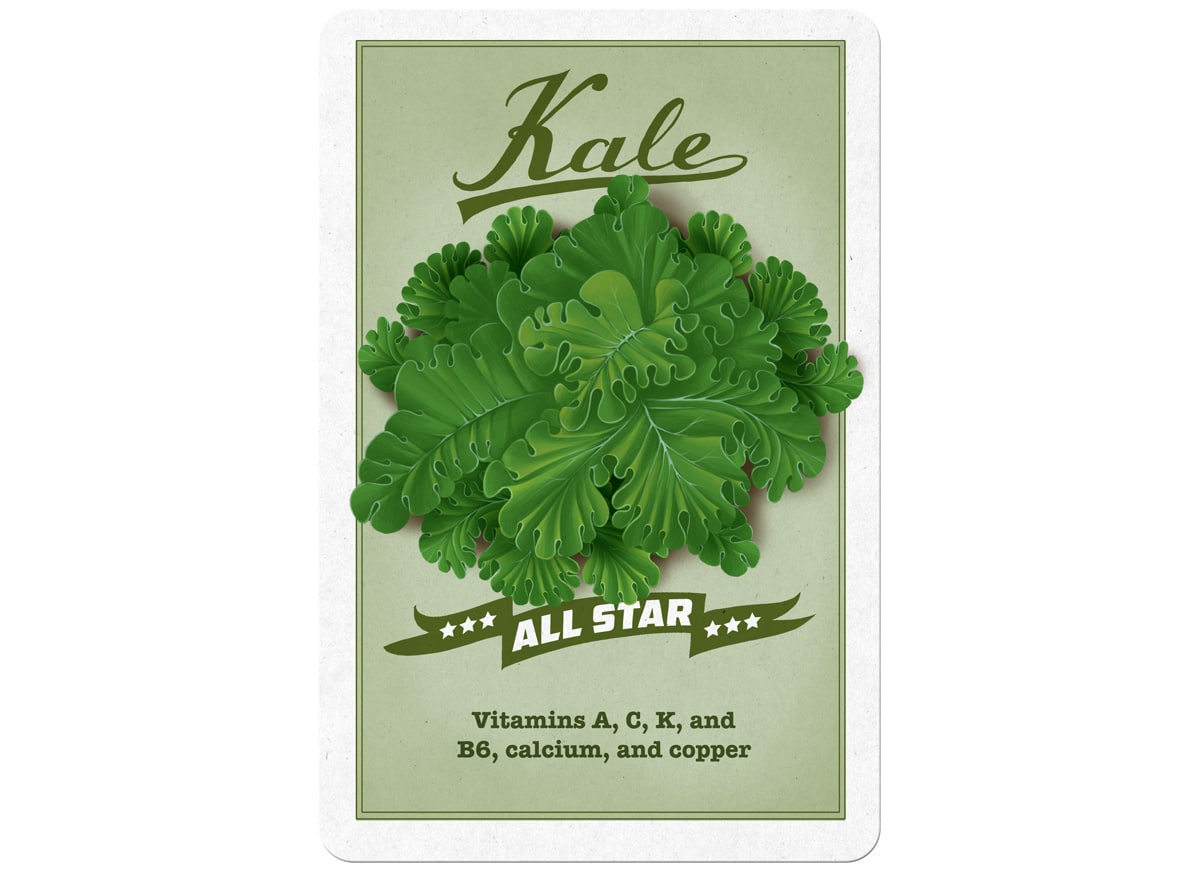
It’s so common for people to be eating Paleo and loving it until their mom goes into the hospital or their big project comes due at work, and then everything falls off the rails. Then they have to start all over again 6 months later and 20 pounds heavier, which is discouraging and puts them through all the pain of the transition twice. Ugh.
It’s totally understandable that eating well isn’t always everyone’s #1 priority and even falls off the radar sometimes. We’re all humans with families and friends: we (hopefully!) have things more important to us than Omega-3 fats and net carb counts. But there’s a middle ground between “strict Paleo” and “dinner is Doritos and Red Bull at 3 am.”
The key is to adjust your goals to target the best version of Paleo you can realistically meet under the circumstances - avoid the “I’ve blown it, might as well binge...for a month” mentality. If you can stay mentally focused and in control, you’ve won 90% of the battle even if your diet quality takes a temporary dip. Because if you can stay focused and in control, you're in a great position to do as well as you can right now, and then pick right back up with Paleo once the crisis is past.
But “be flexible and have a Plan B” is easier said than done. So here’s a list of suggested Plan B goals for those times when full Paleo isn’t going to happen. You could think of them as “maintenance semi-Paleo” goals that you can commit to even when life is out of control and you might not have time or energy for your normal routine.
1. Don’t eat any junk food you don’t actually want to eat.
People often eat things that we don’t even really want to eat at times when we’re not even hungry - because we’re stressed, because it’s “time for lunch,” because we want a distraction, or because everyone else is eating.
These aren't great reasons to eat, especially not something that isn't great for you. You might end up eating some things that aren't 100% Paleo, and that can be OK, but first ask yourself:
- Am I hungry?
- If I am hungry, is this actually the thing that I want?
- If I don’t specifically want this particular junk food, but I'm still hungry, is there a less-bad option I could have instead?
Essentially, be a food snob. Not in the sense of “I won’t eat this steak unless the cow had a pedigree,” but in the sense of being picky and particular about eating only what you really like. Treat yourself like a princess. You're having a rough time; you deserve that level of care and attention to what you really want.
If you aren’t hungry for that soggy ham and cheese sandwich from 7-11 and you’re just eating it because it’s "lunchtime," don’t eat it. You deserve better. If you don’t actually want the entire bag of cookies (maybe they don’t even taste good anyway) but you’re just sitting there putting hand to mouth again and again, stop. Throw it in the trash. You deserve better. Framing it this way is a nice break from the “must resist temptation” model and it can even make eating well feel a little like self-care, while still giving you leeway for the less-than-perfect food that you're actually hungry for, or the family favorite comfort food that your mom cooked.
2. Eat vegetables every day.

This is a step down from the standard Paleo prescription of eating vegetables at every meal, but we’re doing damage control here. Once a day isn’t as good as every meal, but it’s way better than never.
Eating vegetables every day is habit maintenance. It keeps you in the habit of buying and cooking and eating vegetables. And it keeps the vegetables ready to hand and convenient. As the stress starts to ease, you’ll have the vegetables right there, waiting for you to have them twice a day, and then three times. When you have the opportunity and the energy to go beyond the bare minimum, everything you need will be at your fingertips.
A few tips for making this easy even when you’re time-crunched and stressed:
- Grab some pre-cut crudites and dip - it counts!
- Check the freezer section again - frozen vegetables have really gotten better in the past few years and you can get frozen cauliflower “rice” and zoodles even at Wal-Mart.
- Almost everything (except for salad greens) tastes good roasted with olive oil and garlic - which takes about 5 minutes of actual effort to put together.
3. Avoid letting yourself get too hungry.
The ideal way to accomplish this is to carry around lots of Paleo snacks and portable meals - nuts, bars and other snack foods are easy to grab and shelf-stable so you can throw them in the car or your bag for whenever they're needed. Go on a big grocery run and stock up! But if you don't have anything, don’t starve yourself waiting for the perfect Paleo option. If you're physically hungry - not craving, not bored, not stressed - and you have something you can eat that won’t make you ill, eat it.
This is a Paleo maintenance technique because it prevents starve-binge cycles. It’s better to be hungry, eat some yogurt and granola, and then go on with your day than it is to be hungry, hold out for Paleo food, get progressively hungrier and more miserable, pass a Krispy Kreme 4 hours later, and snap and eat a dozen donuts. It’s better for your health and it’s better for your sanity. And that way, you practice proactively meeting your body's needs, rather than practicing starving yourself and binging.
Obviously, this doesn’t apply to, say, people with Celiac Disease eating bread - that’s the “won’t make you ill” above. But for foods that won’t cause extreme reactions, it’s often better to eat something imperfect than go hungry and then go overboard. This can be a hard goal - it takes discipline sometimes to choose something less than perfect instead of holding out until you snap. But it really pays off if you can make it work.
4. If you go to a restaurant, skip the grains.
Stressful life events often mean a lot of restaurant meals - in airports, in train stations, in strange cities, in hospitals, at highway rest stops, or just in your own hometown because you’ve been at the office since 6am and now it’s 8pm and you’re starving. Luckily, at a restaurant, someone else is doing all the cooking and dish-washing, so this is a great opportunity to get high-maintenance foods like fresh vegetables.
You can get Paleo-ish food almost anywhere - every city has at least one chain of counter service salad restaurants, plus there are salad bowls at Chipotle or Panera, protein style burgers at In-n-Out, unwiches at Jimmy John’s, those little egg bites at Starbucks...there's an option just about everywhere. At nicer restaurants, you can usually just get some kind of protein with vegetables. None of these are 100% perfectly Paleo, but all of them are a lot better than a burger and a milkshake.
Total perfection can wait, but aim to get food that’s at least surface-level Paleo when you eat at a restaurant. No bread, no pasta, preferably no other grains, minimal sugar, and follow your usual practice for dairy. If it ends up being cooked in canola oil or there’s sugar in the sauce or something, give yourself a break about it; the important part is practicing making good choices and sticking to your plan, even if it’s Plan B.
Summing it Up
Everyone has times in their life when eating well takes a back seat. If it hasn’t happened to you yet, it will. Maybe it lasts a week and maybe it lasts 6 months. During those times, be flexible about your goals based on what’s realistic for you right now. If you can revise your goals and avoid feeling out of control or hopeless, you’ll be in a good position to jump back into Paleo eating when the stress ends.





Leave a Reply